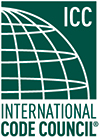 |
Codes Corner |
| Excerpts from some of ICC's most beneficial code publications and resources |
| —*ADVERTISEMENT— |
 |
| CODE UPDATE | Significant Code Changes to the 2012 IECC | |
| (The information below is excerpted from the Significant Changes to the 2012 International Codes series.) | |
| The 2012 International Energy Conservation Code (IECC) contains the first eave baffle requirements found in the IECC. Although 2012 International Residential Code (IRC) Section R806.3 Vent and Insulation Clearance calls for "a minimum of a 1-inch (25 mm) space . . . Between the insulation and the roof sheathing and at the location of the vent." There is no means specified in the IRC for maintaining this dimension throughout the useful life of the building. The baffle requirement works in conjunction with the IRC to ensure that the required ventilation space will be created and maintained.. Click to continue reading more on this update to the 2012 IECC Significant Changes. |
|
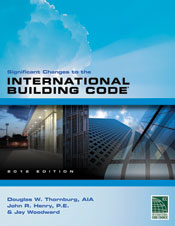  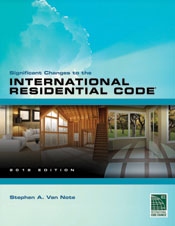  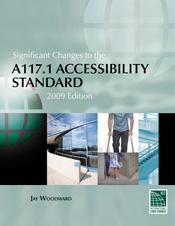 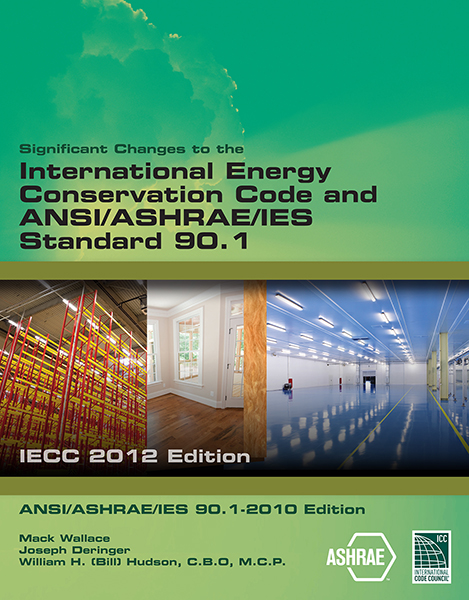 |
The Significant Changes to the 2012 International Codes series is designed to assist code officials, architects, engineers and other construction professionals transitioning from the 2009 to the 2012 editions of the International Codes. Authored by ICC code experts, the series offers a comprehensive yet practical analysis of hundreds of the most critical changes. Each color publication contains: revised code text; a summary of each change listed; in-depth change analysis; and a detailed photo, illustration or table for each change to deepen understanding. Coverage reflects provisions with special significance, including new and innovative design ideas and technologies, modern materials and methods of construction, and current approaches to safety and stability. |
| Back to top | |
| —*ADVERTISEMENT— |
 |
| CODE BASICS | Commercial, Based on the 2012 International Building Code |
| (The information below is excerpted from the 2012 Building Code Basics series.) |
| One of the biggest reasons for deaths in buildings is the rapid spread of fire and toxic chemicals created when finishes on walls and ceilings ignite. Some interior finishes burn faster than others.
Click to continue reading more on this excerpt from the Building Code Basics: Commercial, Based on the 2012 IBC. |
| Back to top |
| —*ADVERTISEMENT— |
 |
| CODE HANDBOOK | 2012 International Building Code Handbook | |
| (The information below is excerpted from the 2012 International Building Code Handbook.) | |
| A common function of a fire barrier is to totally isolate one portion of a floor level from another through the use of fire-resistance-rated walls and opening protectives. Fire resistance-rated horizontal assemblies are also often used in conjunction with fire barriers in multistory buildings in order to isolate areas vertically. This section identifies the different uses for fire barriers, as well as the method in which fire barriers are to be constructed. Click to continue reading more on this excerpt from the 2012 International Building Code Handbook. |
|
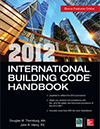 |
The 2012 International Building Code Handbook is a comprehensive, full-color guide to the entire 2012 International Building Code (IBC). Authored by ICC code experts and published by McGraw-Hill to assist code officials, architects and engineers in understanding the code, this publication covers both structural and fire- and life-safety provisions. This time-saving resource makes it easy to understand and apply complex IBC requirements and achieve compliance. |
| Back to top |